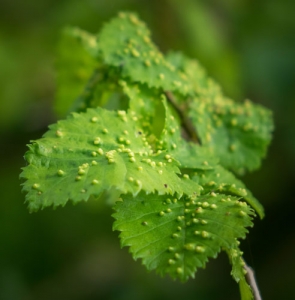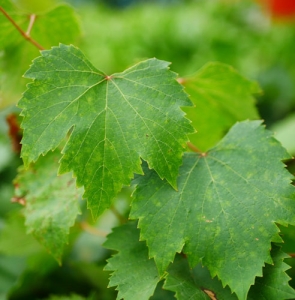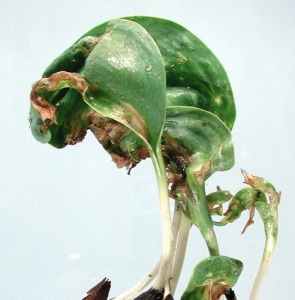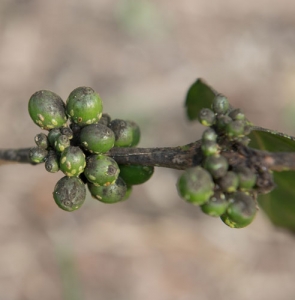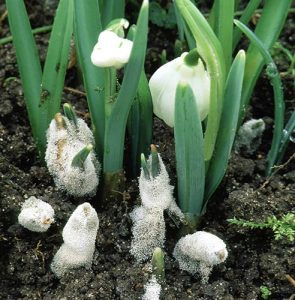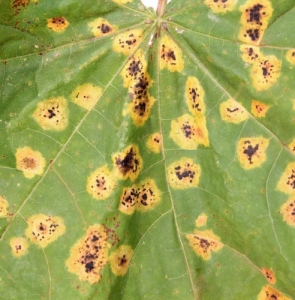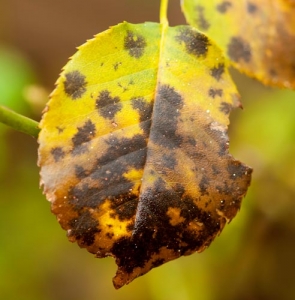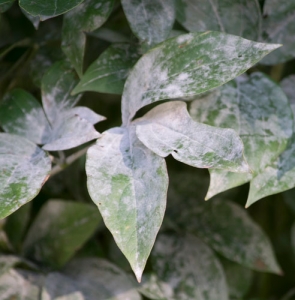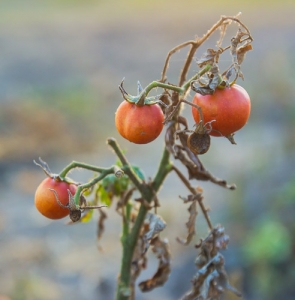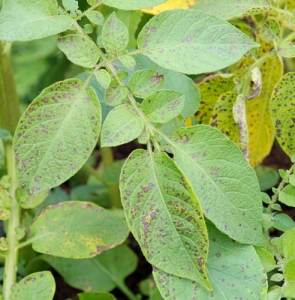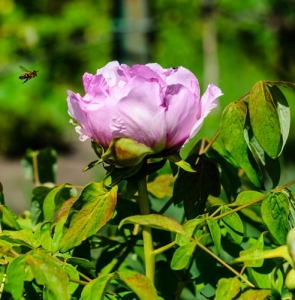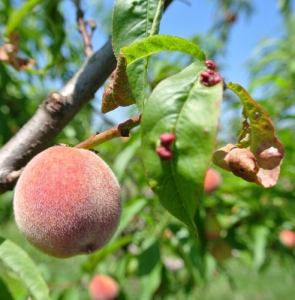-
(several Albugo and Pustula species) White blister diseases attack plants in the Asteraceae (daisy) family and ornamental and edible Brassicaceae plants, producing white blisters and distorted growth.
-
(Various viruses) There are numerous virus diseases, which attack many ornamental and edible plants. They produce a range of different symptoms, mainly discolouration and distortion.
-
(Botrytis tulipae) Tulip fire is a fungal disease that attacks tulips. Affected plants produce brown spots on the leaves. The leaves also look twisted and distorted and may wither away.
-
(Numerous fungal species) Black sooty moulds growing on leaves rarely appear of their own accord. More often than not, they are a sign that the plant is under attack from sap-sucking insects.
-
(Botrytis galanthina) Snowdrop grey mould is a fungal disease of snowdrops, which causes the flowers, leaves and flower stems to collapse and die.
-
(Diplocarpon rosae) Rose black spot is a fungal disease that attacks roses, causing black or purplish leaf blotches. Attacks usually lead to premature leaf drop, weakening the rose.
-
(Several fungal species) Powdery mildew diseases attack a wide range of plants, producing a white or greyish powdery covering on the leaves, stems and flowers. They are worse in dry conditions.
-
(Phytophthora infestans) Blight is a serious disease of potatoes and tomatoes, which can ruin the crops of both vegetables, making them totally inedible. Check plants regularly for symptoms.
-
Phytophthora Root Rot (several Phytophthora species) Phytophthora Bleeding Canker (various Phytophthora species) Ramorum Dieback (Sudden Oak Death) (Phytophthora ramorum and P. kernoviae) Potato and Tomato Blight (Phytophthora infestans) Damping off (several Phytophthora species)
-
(Botrytis paeoniae) Peony wilt is a common fungal disease of peonies, producing brown patches on the leaves and stems, which then collapse, and flower buds fail to develop and open.
-
(Taphrina deformans) Peach leaf curl is a fungal disease that attacks peaches and nectarines and sometimes almonds and apricots. It produces distorted leaves with red blisters.


